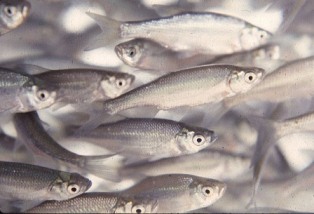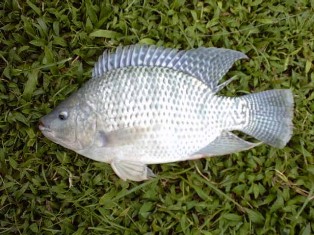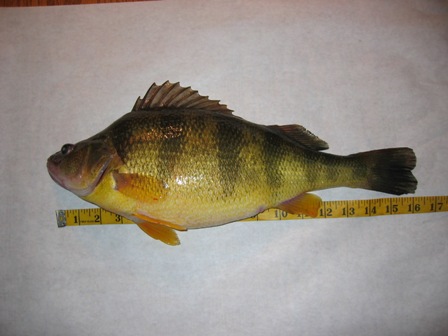Chris Green, Assistant Professor of Aquaculture, Louisiana State University AgCenter

Cocahoe ninnows (Fundulus grandis) are top minnows native to the intertidal marshes of the Gulf of Mexico waters. They are known by other names including: mud minnows, bull minnows, and Gulf kilifish. As a common estuarine species, it is often consumed by game fish, thus making it a popular live baitfish for marine anglers. Throughout their range, …







